1. Poveglia Island, Italy
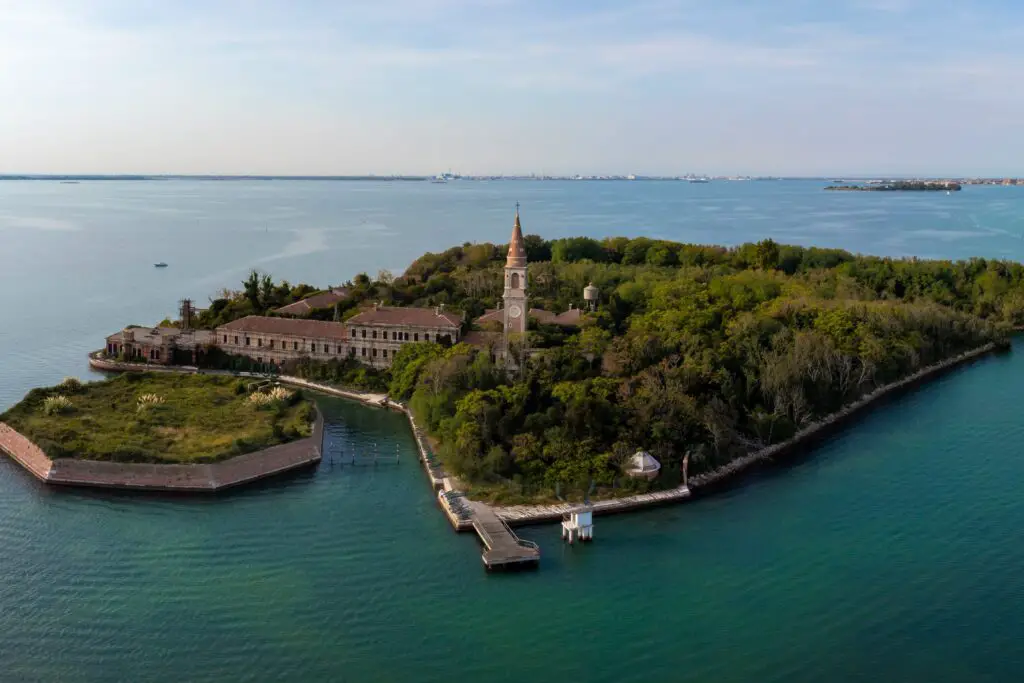
Just a short boat ride from Venice, Poveglia Island looks like something out of a postcard—until you learn its history. Once a quarantine zone for plague victims, it’s said that over 160,000 people died there, and their ashes are literally in the soil. Later, it was turned into a psychiatric hospital in the early 20th century, where rumors of horrific experiments and ghost sightings began to swirl. Locals avoid it, and tourists aren’t exactly encouraged to visit either shares Daily Express.
Today, the island is off-limits, though some brave souls have snuck in over the years. They’ve reported eerie voices, sudden cold spots, and an overwhelming sense of dread. The hospital still stands in ruins, vines creeping through broken windows. Whether or not you believe in ghosts, standing in a place with that much tragedy is unsettling. It’s no wonder the government has kept it sealed off. Even the bravest tour guides in Venice won’t take you there adds LADBible.
2. Hashima Island, Japan
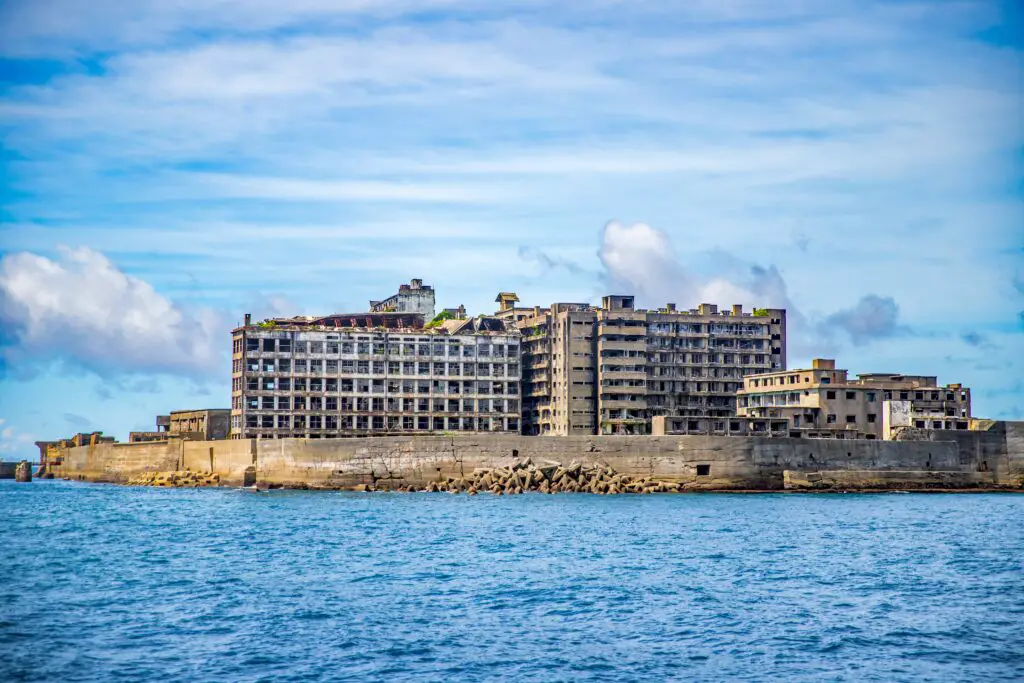
At first glance, Hashima Island looks like the set of a post-apocalyptic movie—crumbling buildings, silent streets, and not a soul in sight. Once a booming coal mining facility owned by Mitsubishi, it was home to thousands of workers and their families in the early 1900s. But during World War II, things took a darker turn. The Japanese military forced Korean and Chinese laborers to work under brutal conditions here shares The Mirror US.
When the coal ran out, the island was abandoned practically overnight in the 1970s. Since then, nature has slowly started reclaiming the structures, giving the whole place an eerie, frozen-in-time feeling. Though it reopened to tourists in recent years, only small, guided parts are accessible. The rest remains off-limits, left to rot. Locals call it “Battleship Island” for its shape, but many also believe it’s haunted by the people who died there. You definitely won’t find that in the tourism brochure adds MSN.
3. Alcatraz Island, USA
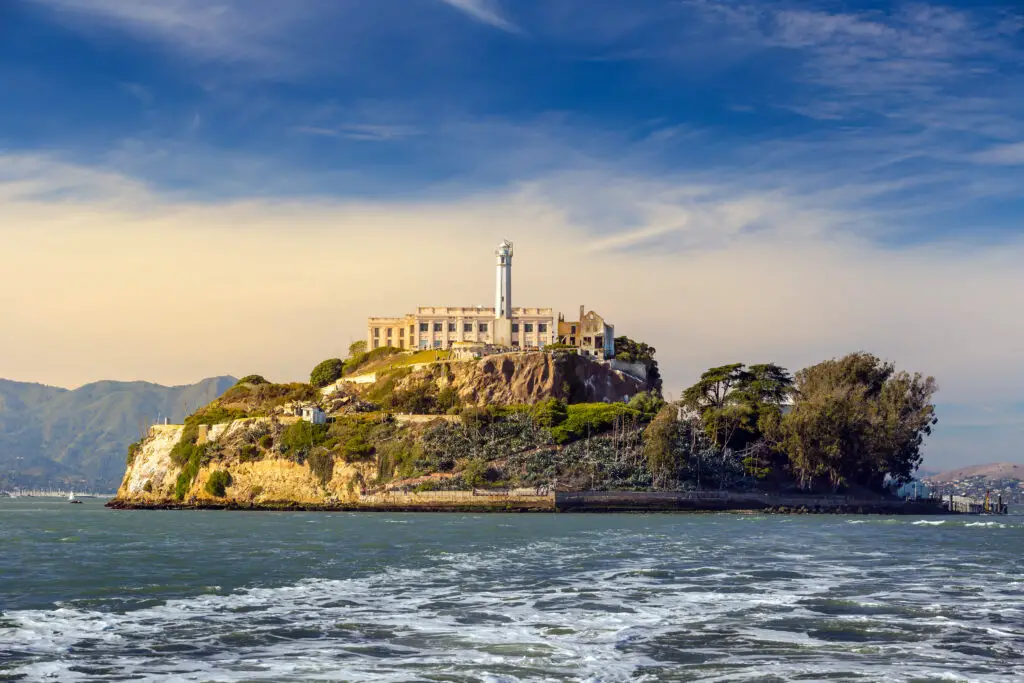
Sure, Alcatraz is a top tourist attraction now, with ferries running daily and audio tours galore. But there’s no sugarcoating its chilling past. It housed some of America’s most notorious criminals—Al Capone, Robert Stroud, and more—and was known for its harsh conditions and near-impossible escape attempts. Several inmates died trying to flee, their bodies never recovered.
Before it was a federal prison, it served as a military prison and even earlier, it was a site of native displacement. The stories that have clung to its cells range from ghostly moans to sightings of vanished prisoners. Guards and visitors alike have reported strange happenings. The cold, damp isolation cells still send a shiver down your spine. You may leave with a souvenir, but you might also take home some goosebumps.
4. North Brother Island, USA
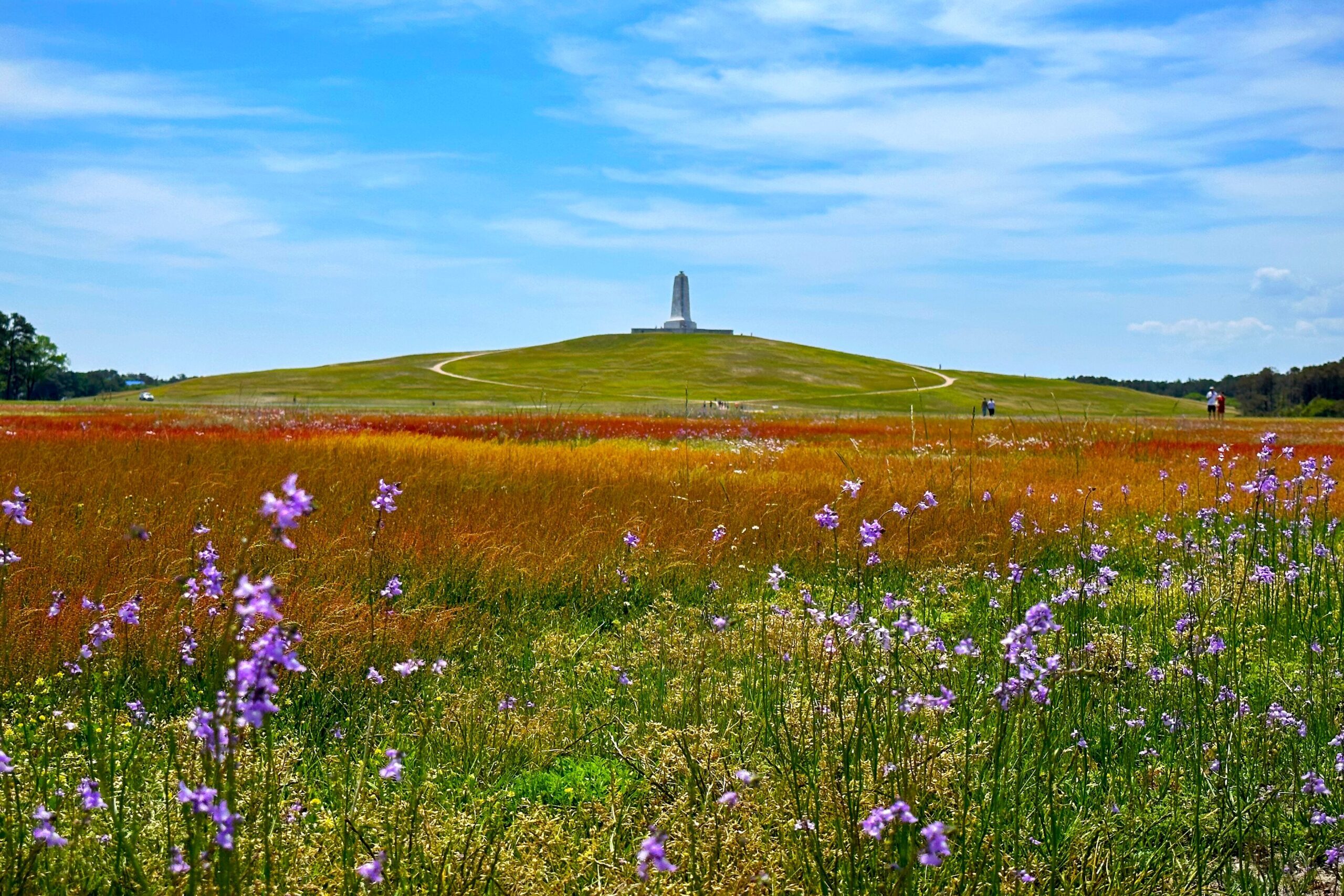
Tucked away in New York’s East River, North Brother Island looks like a peaceful green escape. But its history tells a much different story. It was once home to Riverside Hospital, a quarantine facility for people with smallpox, tuberculosis, and other deadly diseases. Typhoid Mary—yes, the real one—spent decades forcibly isolated there.
In 1904, the island witnessed one of New York’s worst maritime disasters when the General Slocum steamship caught fire nearby. Over 1,000 people died, many of them washing up on the island’s shores. Eventually, the hospital shut down, and nature took over. Today, it’s completely abandoned, off-limits to the public, and eerily silent. Only birds and the rustling of leaves inhabit it now, but the ghost stories persist.
5. Isla de las Muñecas, Mexico
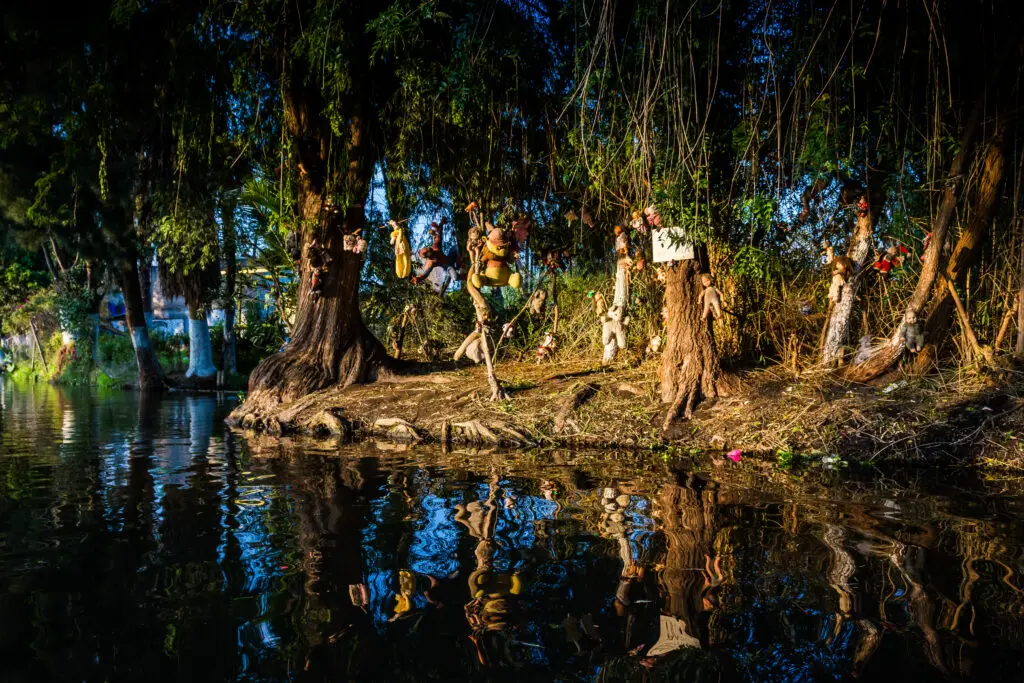
This one’s the stuff of nightmares—an island filled with dolls. Hanging from trees, nailed to walls, and peeking from the underbrush, hundreds of weathered dolls watch your every move. The legend goes that a man named Don Julián Santana found the body of a drowned girl on the island and, to appease her spirit, began hanging dolls in her memory. He kept at it for years, even trading produce for more dolls.
People say he was haunted by voices and footsteps in the night. Creepiest of all? Don Julián died in 2001—reportedly in the exact same spot where he claimed to have found the girl. Tourists do visit, but it’s not exactly a cheerful destination. Most leave feeling a little uneasy, especially when the wind makes the dolls sway. It might be the only place in the world where Barbie feels like a horror villain.
6. Gaiola Island, Italy
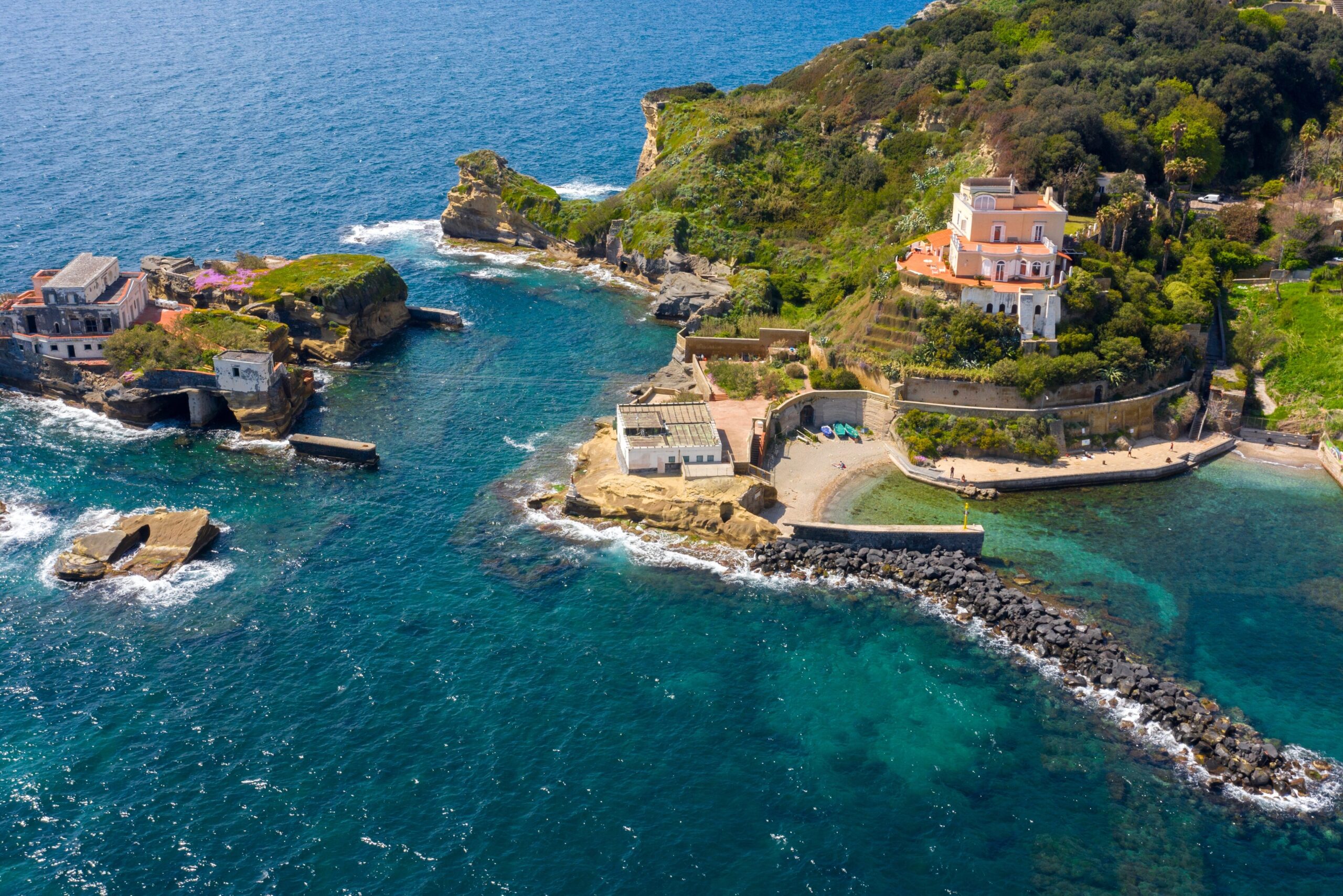
Gaiola Island is small, beautiful, and cursed—or so they say. Just off the coast of Naples, this twin-island getaway is surrounded by blue waters and dotted with ancient ruins. But its owners tend to meet untimely, unfortunate ends. Over the years, a string of wealthy people who owned or stayed on the island died tragically—accidents, murders, suicides, financial ruin.
Locals started whispering about a curse tied to the island. Despite its natural beauty, it’s remained mostly uninhabited. Even fishermen avoid passing too close. You can see it from the shore, tempting and mysterious. But knowing its backstory might make you think twice about swimming over. Sometimes the prettiest places have the darkest secrets.
7. Nazino Island, Russia
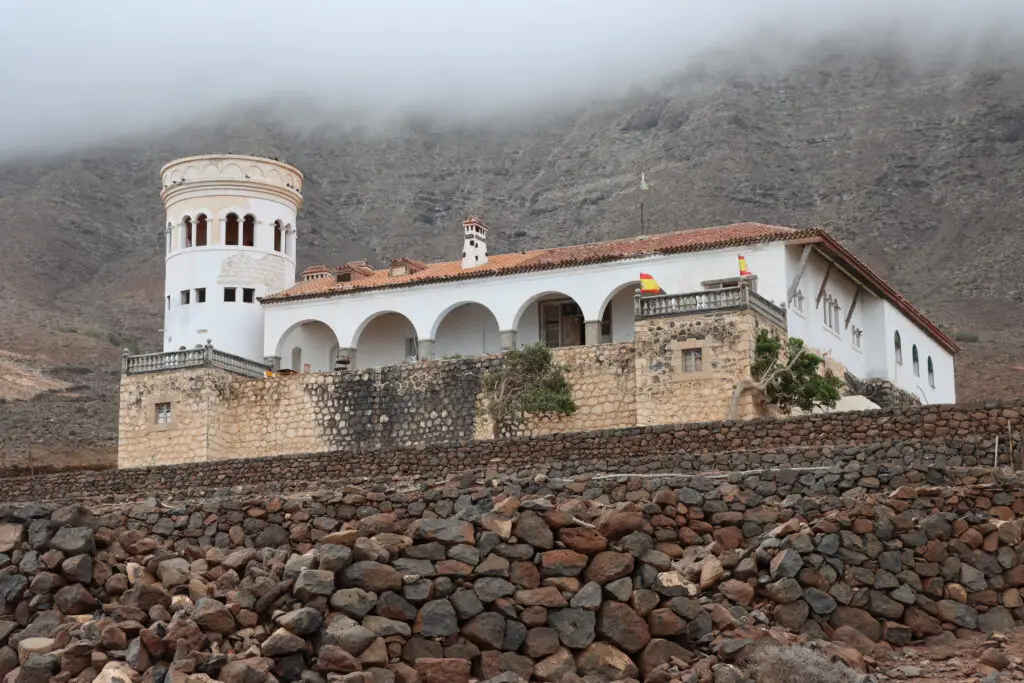
Also called “Cannibal Island,” Nazino is infamous for a horrifying Soviet-era tragedy. In 1933, around 6,000 people were dumped there by Stalin’s government with no shelter, no tools, and barely any food. Most weren’t even criminals—just people without proper identification or housing. Chaos broke out almost immediately.
Within weeks, hundreds had died, and reports of cannibalism began to surface. Survivors spoke of brutal guards, freezing conditions, and total abandonment. By the time officials intervened, it was far too late. The island has been largely forgotten by modern Russia, but its dark story lives on in survivor testimonies. It’s not on any tourist map, and it probably never will be.
8. Hart Island, USA
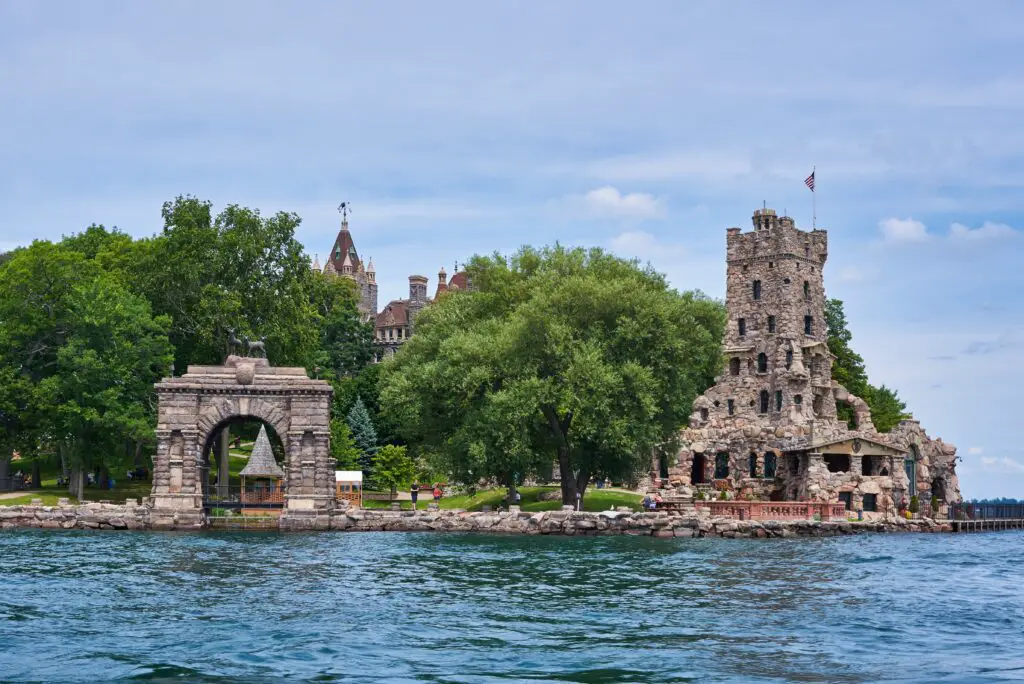
Just off the Bronx in New York City lies Hart Island—a place few people talk about, but many have ended up. Since the 1800s, it’s been used as a mass burial ground for the unclaimed and unknown. Over a million people are buried there, most in unmarked graves. For years, prisoners were tasked with digging the graves, adding another layer of grimness.
Access was heavily restricted until recently, but even now, it’s far from a tourist destination. The island has also served as a quarantine zone, a tuberculosis hospital, and even a Cold War missile base. Families who’ve tried to visit loved ones buried there have faced red tape and emotional hurdles. It’s one of those places where history is quietly buried—literally and figuratively. Even New Yorkers don’t always know it’s there.
9. Gruinard Island, Scotland
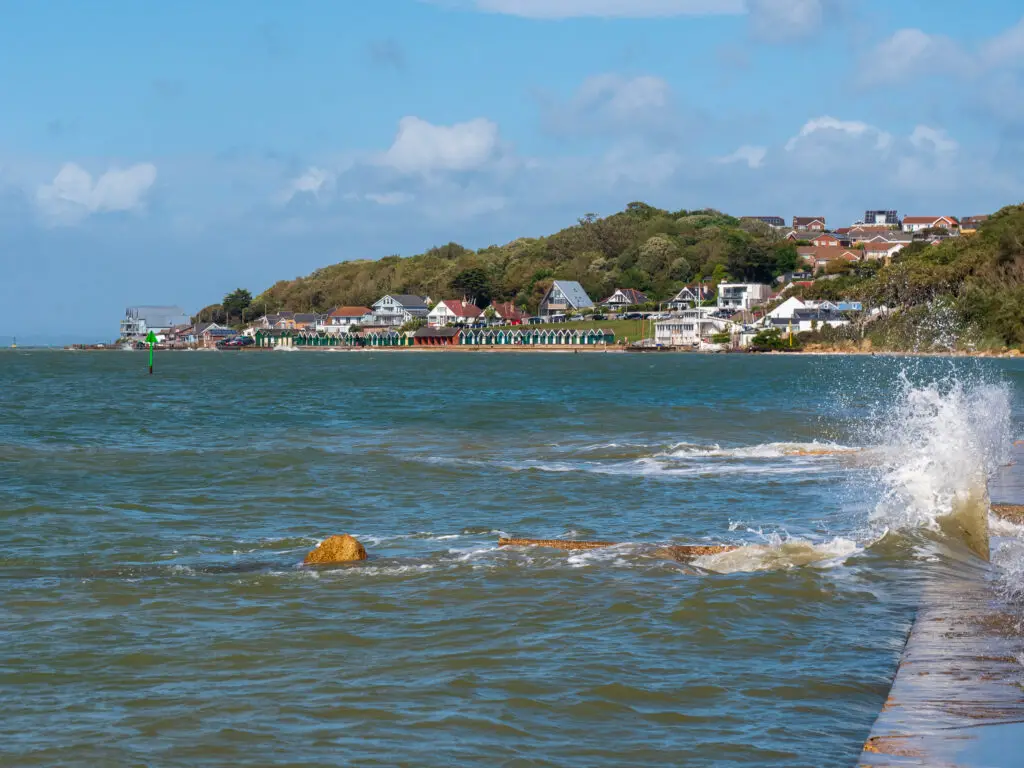
Gruinard Island was once considered so dangerous that it had a permanent sign warning people to stay away—or else. During World War II, the British government used it to test anthrax as a biological weapon. The tests worked a little too well. The island was contaminated for decades and considered uninhabitable.
It wasn’t until 1990 that it was officially declared safe again, but no one has moved back. Even today, people are wary of setting foot there. Locals call it “Anthrax Island,” and that name alone is enough to keep most visitors at bay. There’s no infrastructure, no tours, and no plans to make it a holiday destination. Some places are better left untouched, and Gruinard is one of them.
10. Pitcairn Island, Pacific Ocean
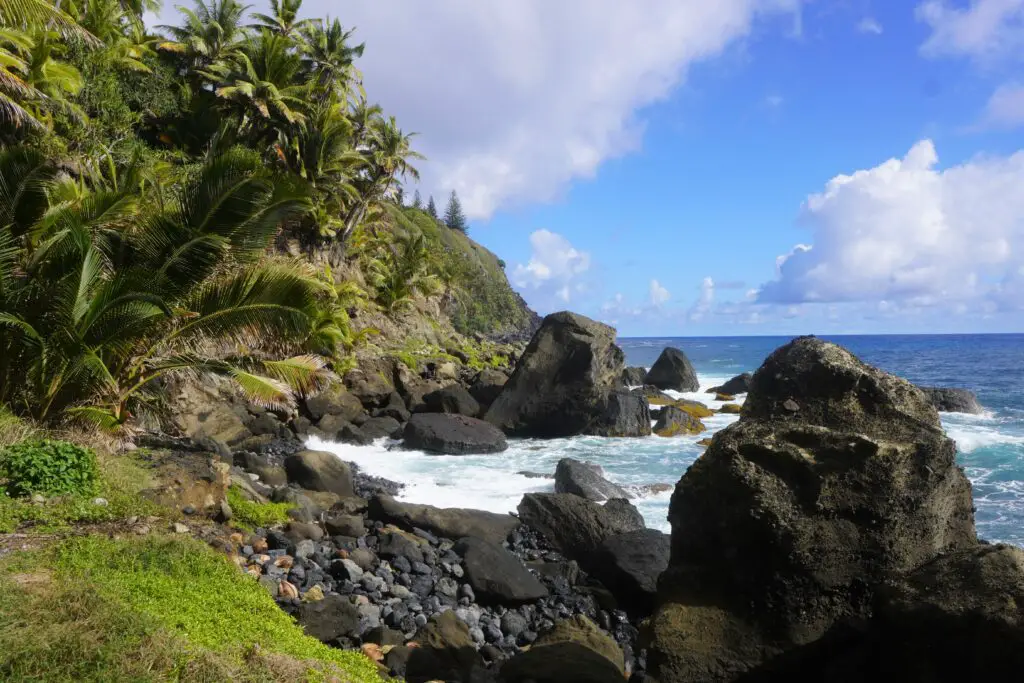
Pitcairn Island might sound familiar—it’s where the mutineers from the Bounty ended up in 1789. What followed was a violent and chaotic attempt to build a new society. Many of the original settlers died in brutal fights over power, women, and resources. The bloodshed left scars that lasted for generations.
But that wasn’t the end of its dark chapters. In the early 2000s, the island made headlines again during a massive child abuse scandal that implicated many of its male residents. Trials revealed a deeply disturbing culture of abuse that had gone unchecked for years. Today, fewer than 50 people live there. It’s beautiful, yes, but its history is heavy—and definitely not listed on the cruise brochures.
11. Runit Island, Marshall Islands
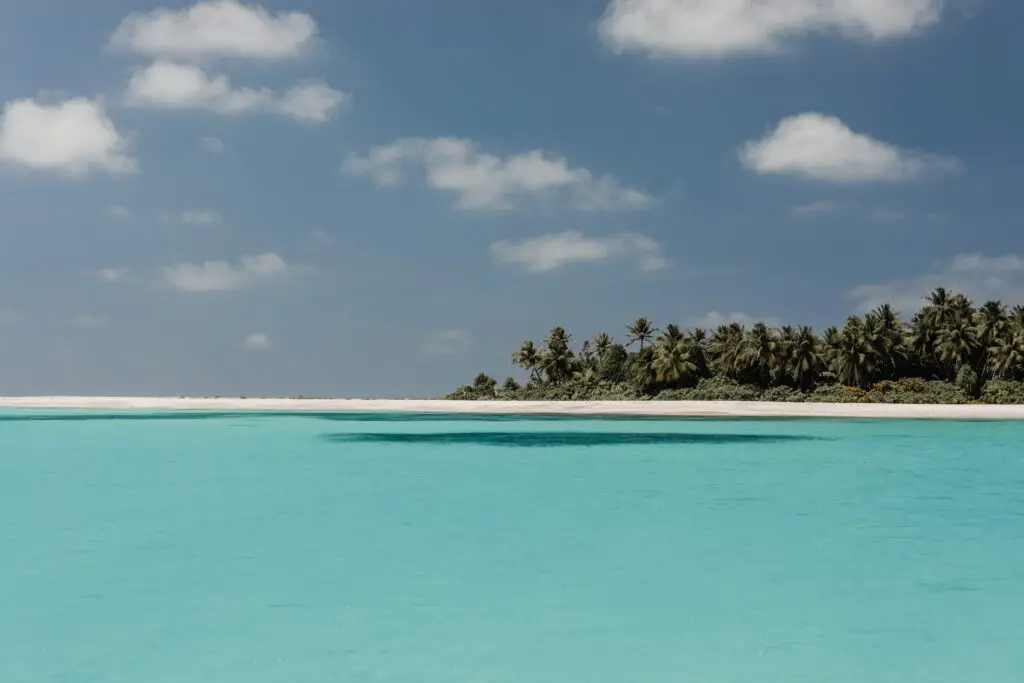
Runit Island looks peaceful, but its past is radioactive—literally. In the 1970s, the U.S. dumped radioactive waste into a crater left by nuclear testing, sealed it with concrete, and called it done. That dome still sits there today, slowly cracking and vulnerable to rising sea levels. Locals call it “The Tomb,” and it’s just as ominous as it sounds.
What’s underneath is more than 3 million cubic feet of deadly waste. The government has warned that opening the dome could unleash environmental disaster. Yet the structure is deteriorating, and there’s no clear plan for what comes next. Tourists aren’t allowed on the island, and for good reason. It’s one of those places that feels like a ticking time bomb.
12. Okunoshima Island, Japan

Known as “Rabbit Island” for the hundreds of friendly bunnies that roam free, Okunoshima seems adorable at first glance. But behind the cuteness is a disturbing history. During World War II, the island housed a secret facility for manufacturing chemical weapons. The project was so secret, it didn’t even appear on Japanese maps.
Workers suffered from exposure, and some of the chemicals were dumped around the island. After the war, most of the evidence was destroyed. The rabbits were introduced later, possibly as test animals or to lighten the mood—but they’ve become the island’s unexpected legacy. Tourists love feeding them, but few realize they’re walking on a former poison gas factory. The ground may be soft and furry, but the past is anything but.
